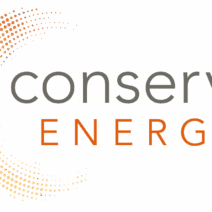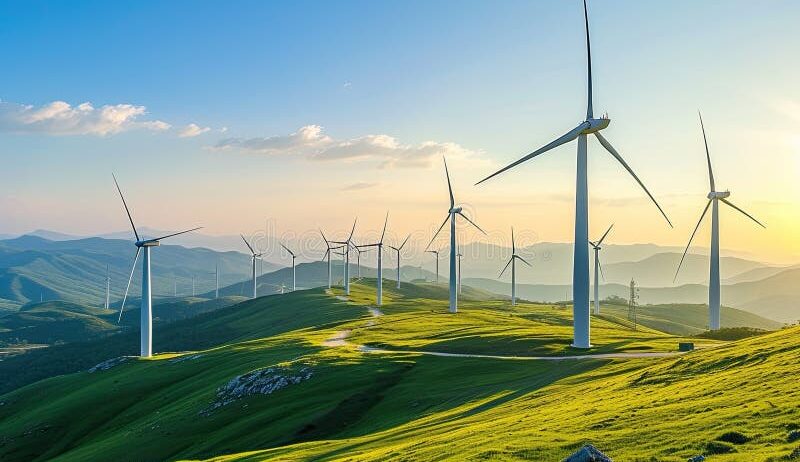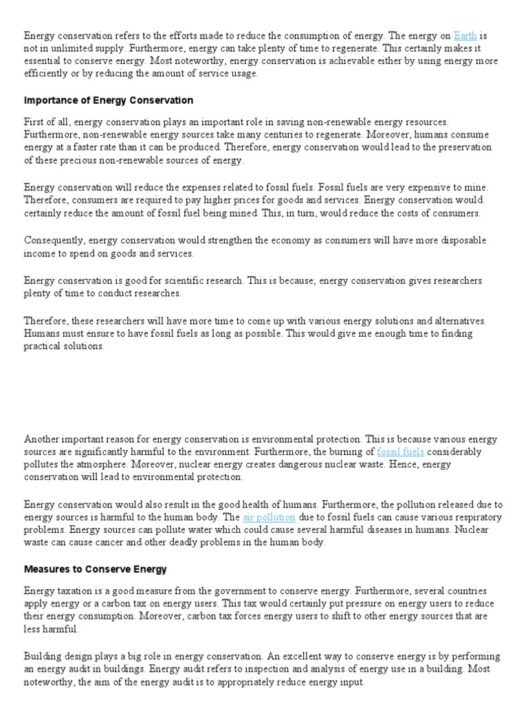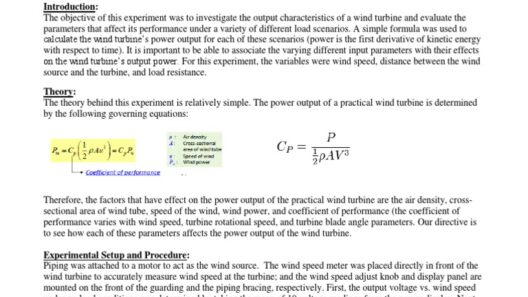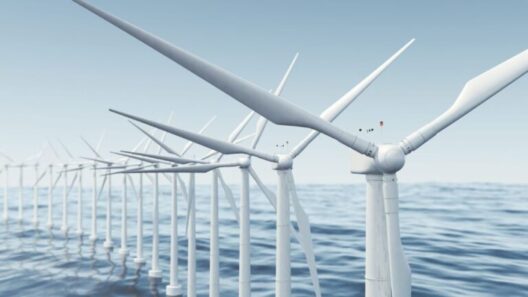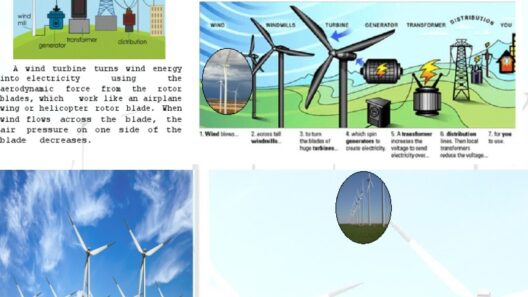Wind power stands as one of the most compelling symbols of renewable energy, akin to a breath of fresh air sweeping across the landscape of global energy production. As we delve into the essence of wind power and its categorization as a green energy source, it becomes evident that this natural phenomenon embodies a myriad of benefits, not only for humanity but for the planet as a whole.
Understanding why wind power garners the label of renewable energy necessitates exploring the foundations of sustainability, innovation, and our responsibility as stewards of the Earth. Wind power, harnessed through wind turbines, converts kinetic energy from moving air into electricity, providing a pathway toward a more sustainable future.
What makes wind power renewable? The answer lies in the ceaseless cycle of air movement driven largely by solar energy. The sun’s warmth creates temperature gradients, leading to air pressure differences that fuel wind currents. Thus, wind is not merely a fleeting force; it is a perpetual resource, inexhaustible and continually replenished by natural processes. This fundamental characteristic distinguishes wind power from finite resources such as fossils fuels, which are depleting at an alarming rate.
Moreover, wind power stands as a hallmark of ecological harmony. Unlike traditional energy sources that often disrupt the delicate balance of our ecosystems, wind energy generates minimal environmental disruption. When turbines are strategically placed in suitable locations, they operate silently and discreetly, leaving no marked impact on surrounding landscapes. This gentle integration into the environment manifests the potential of technology harmonizing with nature.
Wind Power and Its Role in Mitigating Climate Change
At the heart of discussions surrounding renewable energy is the urgent need to combat climate change. The atmospheric alterations caused by greenhouse gas emissions demand immediate attention. Wind power emerges as a formidable ally in this effort. Through direct replacement of coal and natural gas, wind energy reduces reliance on carbon-intensive energy sources, thereby facilitating a significant reduction in greenhouse gas emissions.
To illustrate, a wind turbine produces energy without emitting harmful pollutants, unlike fossil fuels, which release not only carbon dioxide but also sulfur dioxide and nitrogen oxides—agents of acid rain and smog. By prioritizing wind power, societies can pivot towards cleaner air and a healthier ecosystem, akin to a city revitalized by a fresh breeze after a storm.
In addition, the implementation of wind energy can stimulate a paradigm shift in energy production by promoting energy independence. Countries increasingly recognize the geopolitical ramifications of fossil fuel dependence, as resource scarcity can lead to conflicts and economic instability. Wind power diminishes vulnerability by allowing nations to tap into their own natural wind resources, leading to not only energy security but also job creation in the burgeoning sector of renewable energy.
Socioeconomic Benefits: Wind Power’s Double Edge Sword
Beyond environmental advantages, wind power serves as a beacon of economic opportunity. The installation and maintenance of wind turbines create jobs that bolster local economies. From engineering to operation, every stage of wind energy production demands a skilled workforce. This burgeoning sector generates employment opportunities in rural areas that are often dependent on fluctuating agricultural markets, thus providing greater financial stability.
Furthermore, wind power facilities often contribute to local tax revenues, facilitating investment in schools, infrastructure, and community services. The allure of wind energy lies not only in its ability to generate clean electricity but also in its potential to rebuild and revitalize communities. In this context, wind power becomes almost metaphorical—a gust that carries both benevolence and prosperity, swirling through towns and cities, leaving behind a landscape of growth and opportunity.
The Technological Advancement: How Wind Energy Turbines Work
A closer look at wind energy technology unveils the intricacies involved in harnessing this omnipresent force. Wind turbines are composed of various critical elements, each designed to maximize efficiency and energy output. The rotor blades, strategically engineered to capture the wind’s kinetic energy, convert this force into rotational energy. This motion is then translated into electricity through the generator housed within the turbine. Such technological advancements exemplify human ingenuity in harnessing the natural world to cater to our energy needs.
Moreover, innovation in turbine design has propelled wind energy into a new era of efficiency. Taller turbines boast longer blades, allowing them to capture lower wind speeds, thereby enhancing their overall efficacy. This continuous evolution reflects the commitment to optimizing wind power, ensuring it remains a vital component in the global energy matrix.
The Future of Wind Power: A Bright Horizon
As the world grapples with the challenges posed by climate change and energy insecurity, the future of wind power appears remarkably bright. With advancements in technology, grid integration, and energy storage, the potential of wind energy is boundless. From offshore wind farms that harness powerful ocean breezes to small-scale turbines for individual use, the diversification of wind energy solutions exemplifies its adaptability and wide-ranging applicability.
In conclusion, wind power is not only a renewable energy source; it is a profound testament to the power of nature and human innovation working in unison. This dynamic energy draws from the wind’s relentless spirit, forging a path toward sustainability. Each spin of a turbine tells a story of transformation—as we usher in an era where energy is clean, communities are robust, and the environment thrives. Embracing wind power symbolizes a commitment to our planet, a legacy for future generations, and a promise to create a greener, more vibrant world.
